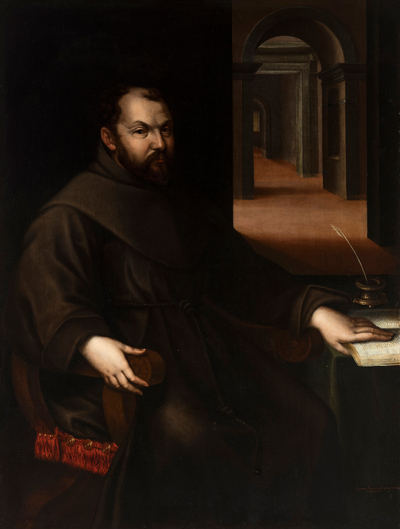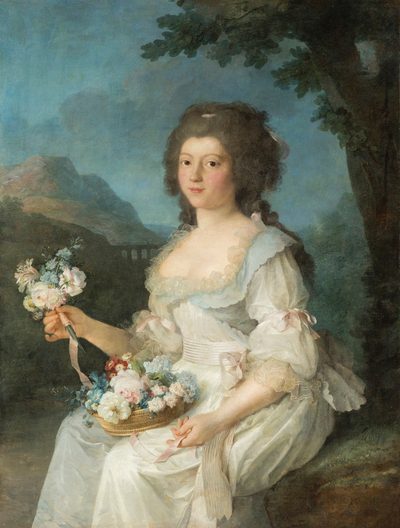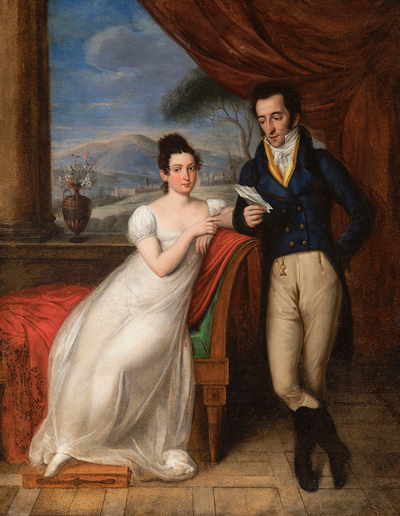Women artists: the vindication of the eternally forgotten women artists
The history of art has featured countless women whose talent and significance was systematically ignored and made invisible. The old structures that governed the art system and the exclusionary dynamics that condemned them to oblivion and relegated them to the simple role of muses are now collapsing as a symptom of the sign of an era that can no longer reproduce the discriminatory clichés of times past. The need to introduce and integrate women artists into the historiographic narrative has promoted new research methods and methodologies whose impact has led in recent years to a symptomatic increase in their presence within museum institutions, as well as in the approaches that have dominated the traditional hegemonic discourses.
This incipient change of paradigm has been translated into the growing interest of the art market in his work, whose presence and price has experienced a significant boom, doubling during the second decade of this century the value of the figures recorded during the first decade.
But what factors led to the marginalization of these women until their absolute disappearance? The nineteenth-century conception of most art history manuals excluded them despite the fact that they included women court portraitists, chamber sculptors and religious painters. One of the most insightful examples can be found in E. H. Gombrich‘s magnum opus “History of Art”.The best-selling art book in history in which not a single woman artist appears: neither Sofonisba Anguissola, a Renaissance painter recognized and admired by Michelangelo and included in Giorgio Vasari’s dictionary; nor Lavinia Fontana, official painter of the Court of Pope Clement VII or Angelica Kauffman, appointed in 1765 as a member of the Academy of St. Luke. Absolutely none appear in it.
Apart from this biased view of historiography, the great difficulties of access to the profession definitely marked the trajectory of these women, who came to be vetoed access to the Academies. Without training, how could they develop their artistic personality? In order to understand their struggle, their biographies are extremely illustrative, showing the difficulties they had to overcome to practice their profession or how, after their death or after a brief moment of glory, their figures fell into oblivion. They were silenced and censored and their rescue from oblivion deserves all our efforts.
Coupled with the enormous difficulties in training, they were forced to fulfill what was considered to be their natural function: to be mothers and housewives. In fact, for centuries there was a belief that, by her very nature, woman was devoid of “genius” and, consequently, was considered as a passive element within creation, never as a proactive subject. In this sense, Virginia Woolf’s research is clear-sighted, where she compiles a huge amount of books written against the concept of women as creative beings. These are not the isolated opinions of certain critics and historians, but a vision that has taken root among intellectual circles and, by extension, in society, and has lasted almost to the present day. However, women were artists, despite being women. And with difficulties. Since they could neither charge nor sign their works, they lost the authorship that was erroneously (and in many cases intentionally) attributed to their husbands, teachers or parents.
In this sense, our next high period auction has the presence of 3 great artists, whose trajectory and talent only corroborate the bias with which the historiographic narrative has been constructed.
Lavinia Fontana
The painter of Bolognese origin, Lavinia Fontana, was undoubtedly one of the most important portrait painters of late Mannerism, to the point of becoming the official painter of the Court of the Pope Clement VIII and later appointed portrait painter to the court of Pope Paul V. In fact, Lavinia was the first woman to open her own studio and be recognized as an art professional, thus breaking with any stereotype of the time.
“Portrait of Francesco Panigarola” is one of the few works we know of today signed and dated by Fontana, making its bidding an essential event within the art collecting sector. In fact, this would not be the only occasion in which the artist portrayed the bishop of Asti, as evidenced by the homologous portrait in the Palazzo Pitti.

Anne Vallayer-Coster
Considered one of the most important still life painters of late 18th and early 19th century France , her portraits also came to be immensely admired by her contemporaries.
Thanks to his father’s relations with the aristocracy, he was able to have a good pictorial training that allowed him to enter the Académie Royale de Peinture et de Sculpture in 1770 when he was only 26 years old. In 1779 she began working as an official painter at the royal court under the auspices of Queen Marie Antoinette, which gave her great prestige and social success.

Matilde Malenchini
In this case, the work under bidding is an example of the existing problem of erroneous attributions. For a long time this portrait of Vincenzo Camuccini and his wife Maddalena Devoti was attributed to the Roman neoclassical painter himself. However, subsequent studies have rectified this attribution, considering that the sweet naivety it reflects is more in keeping with Malenchini’s pictorial style than that of Camuccini.






